Description
Ferric Sulfate: A Versatile Compound with Applications Across Industries
Ferric sulfate, also known as iron(III) sulfate, is a chemical compound with the formula Fe₂(SO₄)₃. This versatile inorganic salt exists in various hydrated forms, each exhibiting unique properties and finding application in a surprisingly wide range of industries. While often associated with water treatment, ferric sulfate’s uses extend far beyond, touching upon agriculture, industrial processes, and even medicinal applications.
Understanding Ferric Sulfate’s Chemistry and Properties
Ferric sulfate is generally available as a yellow or brownish, hygroscopic (water-absorbing) solid. It is soluble in water and forms acidic solutions due to the hydrolysis of the ferric ion (Fe³⁺). This acidity plays a crucial role in many of its applications. The “hydrated” form refers to the presence of water molecules bound within the crystal structure. The most common hydrates include the nonahydrate (Fe₂(SO₄)₃·9H₂O) and the heptahydrate (Fe₂(SO₄)₃·7H₂O).
The chemical behavior of ferric sulfate stems primarily from the ferric ion’s ability to act as an oxidizing agent and its tendency to form insoluble hydroxides. This behavior is exploited across various applications.
Key Applications of Ferric Sulfate
- Water Treatment: This is arguably the most significant application of ferric sulfate. It functions as a coagulant, destabilizing suspended particles and colloids in water. The ferric ions react with alkalinity in the water to form insoluble ferric hydroxide (Fe(OH)₃) flocs. These flocs effectively trap and remove impurities like dirt, clay, algae, and even some bacteria and viruses, clarifying the water and making it safe for consumption. It’s particularly effective in removing phosphorus, contributing to the prevention of eutrophication (excessive nutrient enrichment) in water bodies.
- Pigment Production: Ferric sulfate is a precursor in the production of various pigments, particularly iron oxide pigments. These pigments are widely used in paints, coatings, and construction materials, lending them color and durability.
- Mordant in Dyeing: Historically and still used in some traditional dyeing methods, ferric sulfate acts as a mordant. A mordant fixes dyes to fabrics, ensuring the color adheres permanently. It reacts with both the dye and the fabric, creating a chemical bond that resists washing and fading.
- Etching and Engraving: In metalworking, ferric sulfate can be used as an etching agent. It selectively dissolves certain metals, allowing for the creation of intricate patterns and designs on surfaces. This is employed in the production of printed circuit boards (PCBs) and other specialized metal components.
- Agriculture: Ferric sulfate can be used in agriculture to treat iron chlorosis, a condition where plants are unable to produce sufficient chlorophyll due to iron deficiency. This deficiency often occurs in alkaline soils where iron is less soluble. By applying ferric sulfate, the soil’s pH is lowered locally, allowing the iron to become more available for absorption by the plant roots.
- Industrial Catalyst: In various industrial processes, ferric sulfate can act as a catalyst, speeding up chemical reactions. Its oxidizing properties are often utilized in these applications.
- Wastewater Treatment: Beyond drinking water, ferric sulfate is also used in treating industrial wastewater. It helps to remove heavy metals, phosphates, and other pollutants, ensuring compliance with environmental regulations.
- Medicinal Applications: While less common, ferric sulfate has been used in the past as a treatment for iron deficiency anemia. However, oral iron supplements like ferrous sulfate are more commonly prescribed today due to better bioavailability and reduced side effects.
Safety Considerations
While ferric sulfate is generally considered safe when handled correctly, it’s crucial to be aware of potential hazards.
- Skin and Eye Irritation: Direct contact can cause irritation, so wearing protective gloves and eyewear is recommended.
- Ingestion: Ingestion can cause gastrointestinal upset.
- Acidity: Due to its acidic nature, it’s important to avoid contact with sensitive surfaces and materials.
Conclusion
Ferric sulfate is a remarkable chemical compound with a diverse range of applications that impact our lives in numerous ways. From purifying our drinking water to contributing to the vibrant colors in paints and fabrics, its unique properties make it an indispensable tool for industries worldwide. Understanding its chemistry and potential applications is essential for continued innovation and efficient utilization of this versatile substance.

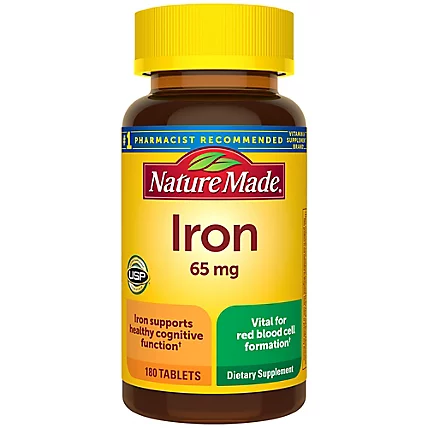


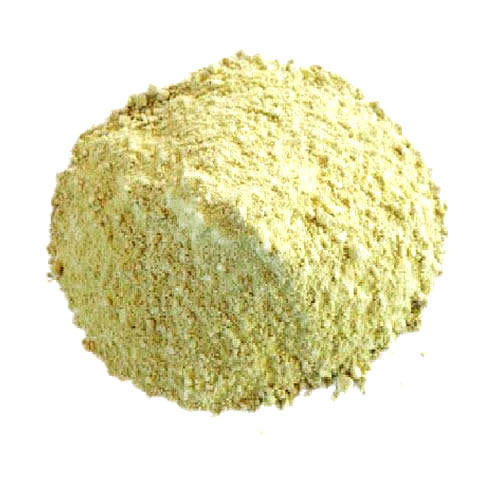
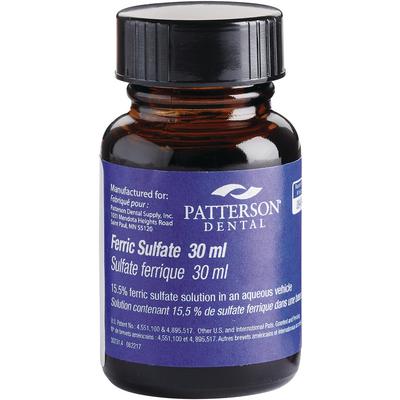
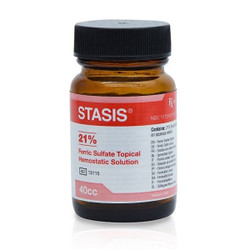



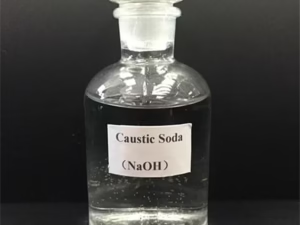
Reviews
There are no reviews yet.